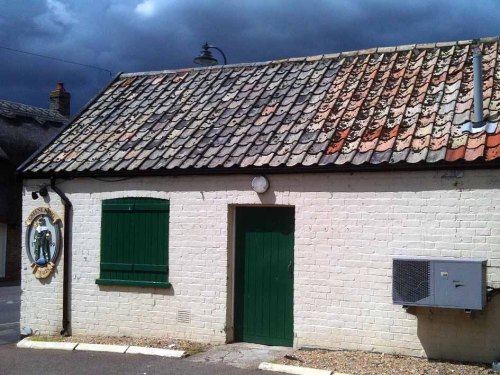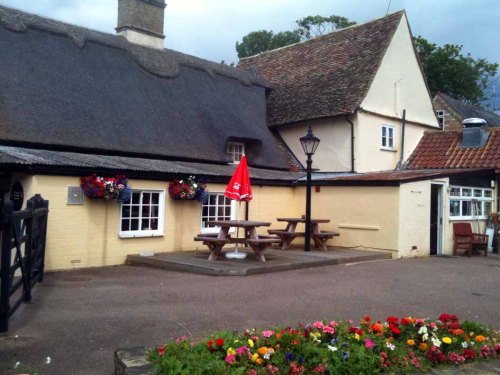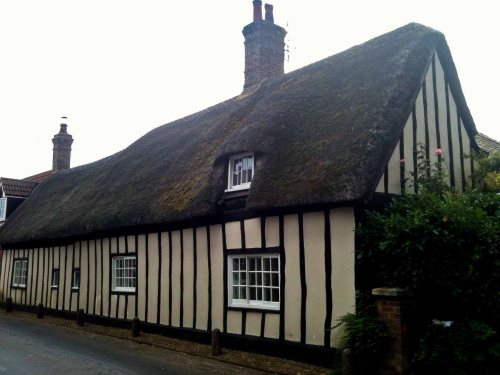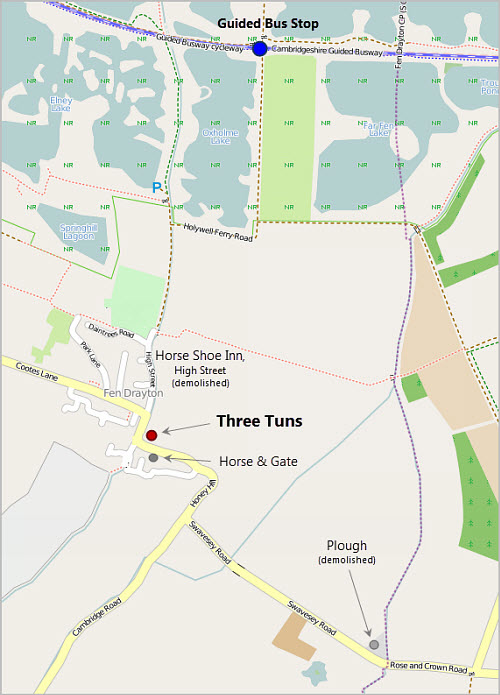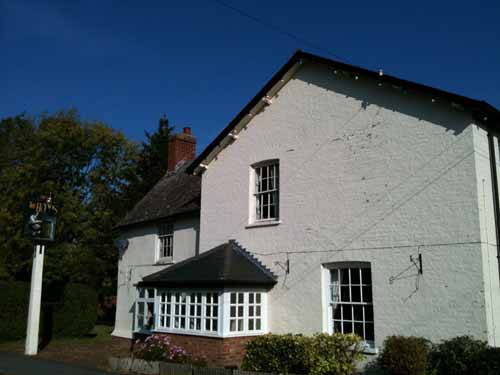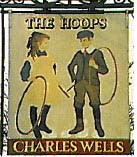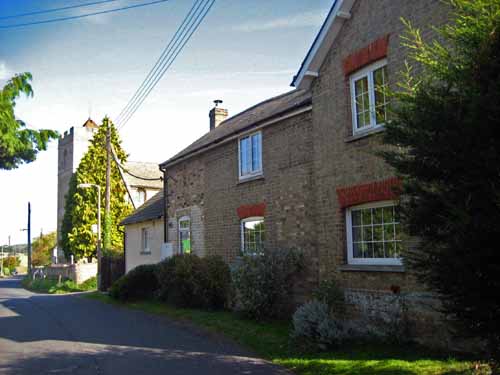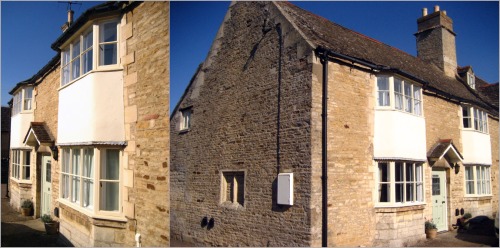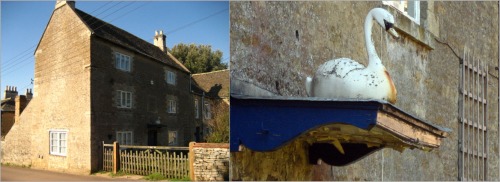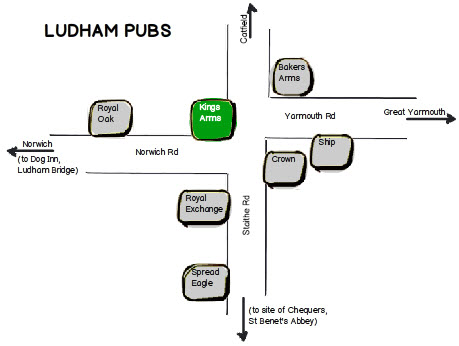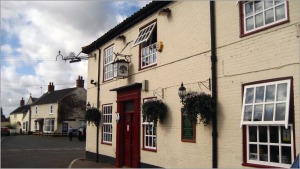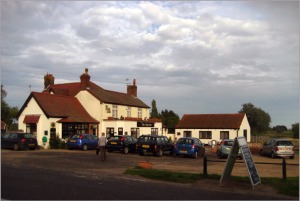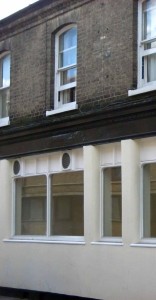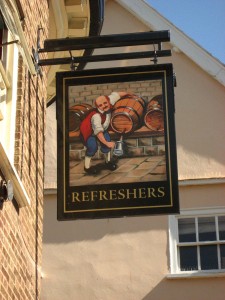On Thursday evening the Museum of Cambridge, located in a 16th century building that was the White Horse Inn for around 300 years until it closed in 1934, opened its doors as a pub again for one night, serving beer from the premises for the first time in eighty years. The event, a collaboration between Cambridge CAMRA and the Museum of Cambridge as part of Community Pubs Month and Museums at Night, featured guided tours of the museum, including the original bar and snug, a walking tour of the area’s past and present pubs, along with folk musicians and the Cambridge Morris Men helping to recreate the atmosphere from its days as the White Horse Inn. Although there were incidences of gambling and rabies recorded here in the late 1800s, we decided against reintroducing them.

Having spent the past few months deep in research, along with co-researcher Steve Linley, we each gave guided tours that highlighted the history of over thirty pubs and a handful of breweries that have existed in an area of about half a square mile – of those, only four pubs remain open.
There were also two beers, from local breweries BlackBar and Moonshine, served from the cask at the event. The ‘Museum Old Ale’ from BlackBar was inspired by a Porter recipe from the Cambridge University archives that came from a “handwritten recipe used by the landlord of the Chequers Inn, Wilburton (1850-65)”, presumably John Fitch, landlord from the mid to late 1800s. I use the term ‘inspired’ because it would have been tricky to recreate a recipe that included “half a bushel of patent malt. Boil your patent in the copper for 36 hours”. Museum Old Ale 4.8%, using one third brown malt, two thirds pale malt, lightly hopped with Fuggles and Boadicea, has an enticing bready malt aroma and caramel flavours. It will be available again at Cambridge Beer Festival this week. Moonshine provided a beer inspired by an Old British Beer recipe from the Durden Park Beer Circle. The beer, an Imperial Stout called ‘Transforming Tomorrow’, was brewed back in 2008 and has spent the last six years ageing in an oak pin that previously contained sherry. It has developed into a strong, vinous brew, with some sherry sweeteness, rich plummy fruits, and oaky vanilla flavours.
Beers like those sell out quickly, and a dash was made to a nearby pub for more supplies – it ended up being acquired from one of the few remaining pubs on our guided tour, the Pickerel, one of the oldest pubs in Cambridge.

We have a display at the Cambridge Beer Festival this week that highlights some of the research about each of the pubs that have existed in the Castle End area of Cambridge, including a wonderful illustration by Jon Harris. We’d be delighted to hear from anybody who has memories of any of the fomer pubs – the Bentinck Arms, Wheatsheaf, Merton Arms and Cow & Calf have all closed within the last fifty years.



